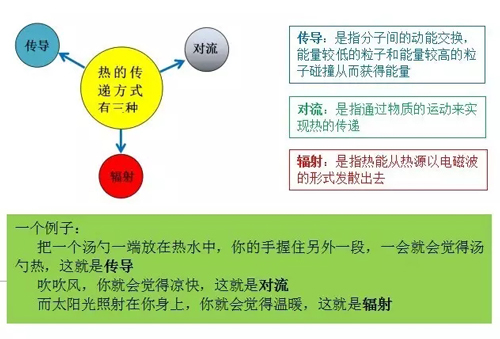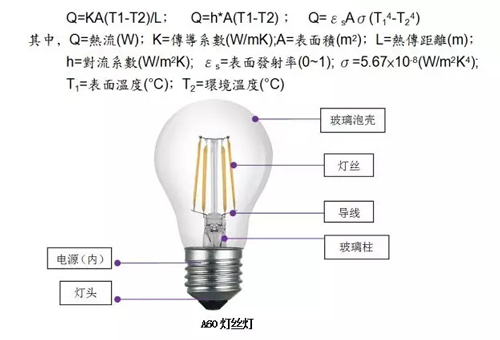As we all know, there are still some technical bottlenecks in LED filament lamps. Heat dissipation is one of them. In order to seek for its long-term development, it is only a matter of time to overcome.
When talking about LEDs, especially the filaments, it is always inseparable from the "hot".
Below, we will focus on the "hot" of the filaments, first understand the relationship between heat and LED.
The relationship between heat and LED has the following points:
LEDs have different lifetimes at different junction temperatures. The lower the junction temperature, the longer the exponential rise, as shown in the following figure:

2. When the LED junction temperature is 25 degrees, the luminescence is 100%. When the junction temperature rises to 60 degrees, the luminescence amount is only 90%; when the junction temperature is 100 degrees, it drops to 80%; 140 degrees is only 70%. %. It can be seen that improving heat dissipation and controlling junction temperature are very important things.

3. In addition to this, the heating of the LED will also cause its spectral shift; the color temperature will increase; the forward current will increase (at constant voltage supply); the reverse current will also increase; the thermal stress will increase; the phosphor epoxy resin will accelerate. And so on.
If you still think abstract, think about why the LED lighting test light flux and light efficiency are high, after a while, the parameters will be lower!
Before discussing the problem of filament heat dissipation, it is necessary to use the heat dissipation method. It is very common saying: sharpening the knife does not mistake the woodworker!

Analysis of heat dissipation, we must understand the structure of the filament lamp, the following figure is the common A60 filament lamp on the market, generally about 5W power.
It mainly consists of the following parts: glass bulb, glass column, wire, filament, power supply and lamp holder.
Generally, the thermal conductivity of glass is 0.07~2W/mK, the thermal conductivity of general gas is 0.01~0.2W/mK, the thermal conductivity of copper is 377W/mK, and the thermal conductivity of iron is about 50W/mK.
There are three ways to transfer heat as mentioned above, and the filament lamp is no exception. The following three are the calculation formulas for conduction, convection, and radiation:


Stainless Steel Turbine Flowmeter
Stainless Steel Turbine Flowmeter refers to the whole body of turbine flowmeter is made of stainless steel, thus the antirot performance and use life of the turbine flowmeter improved more, as well as teh good appearance.
Usually the material is SS304 or SS316, which makes the flowmeter looks nice.
Such turbine flowmeter made of stainless steel can be used to mearsure water, gas , duel, diesel and so on.
Stainless Steel Turbine Flow Meter,Fuel Flowmeter,Turbine Diesel Flowmeter,Stainless Steel Oil Flow Meter
Kaifeng Chuangxin Measurement & Control Instrument Co., Ltd. , https://www.kfcxflowmeter.com
